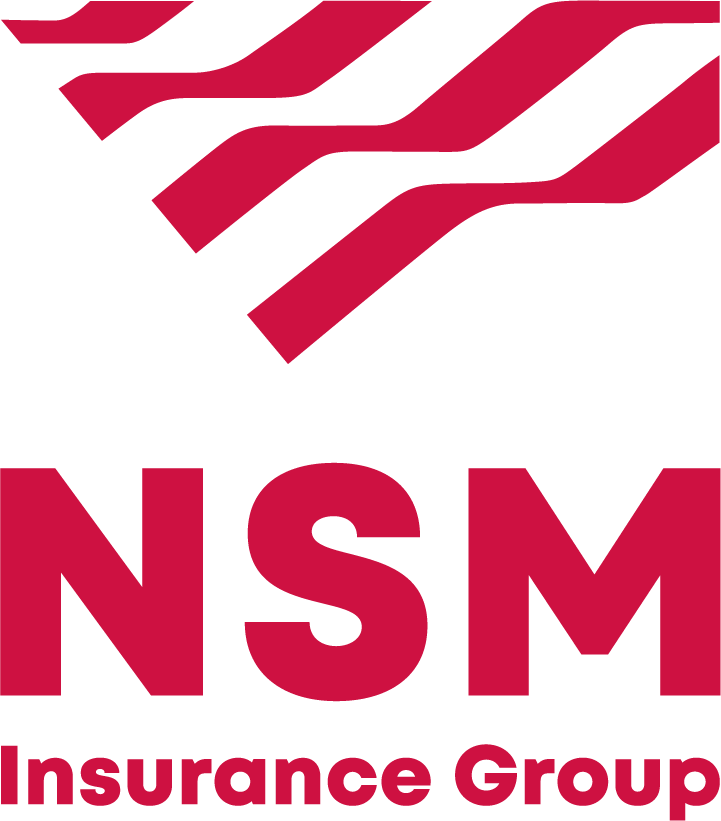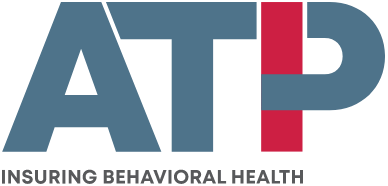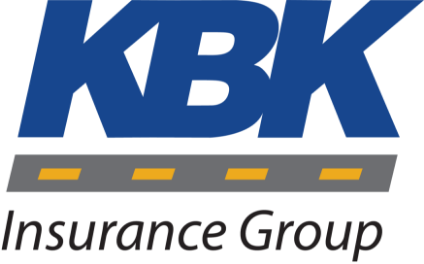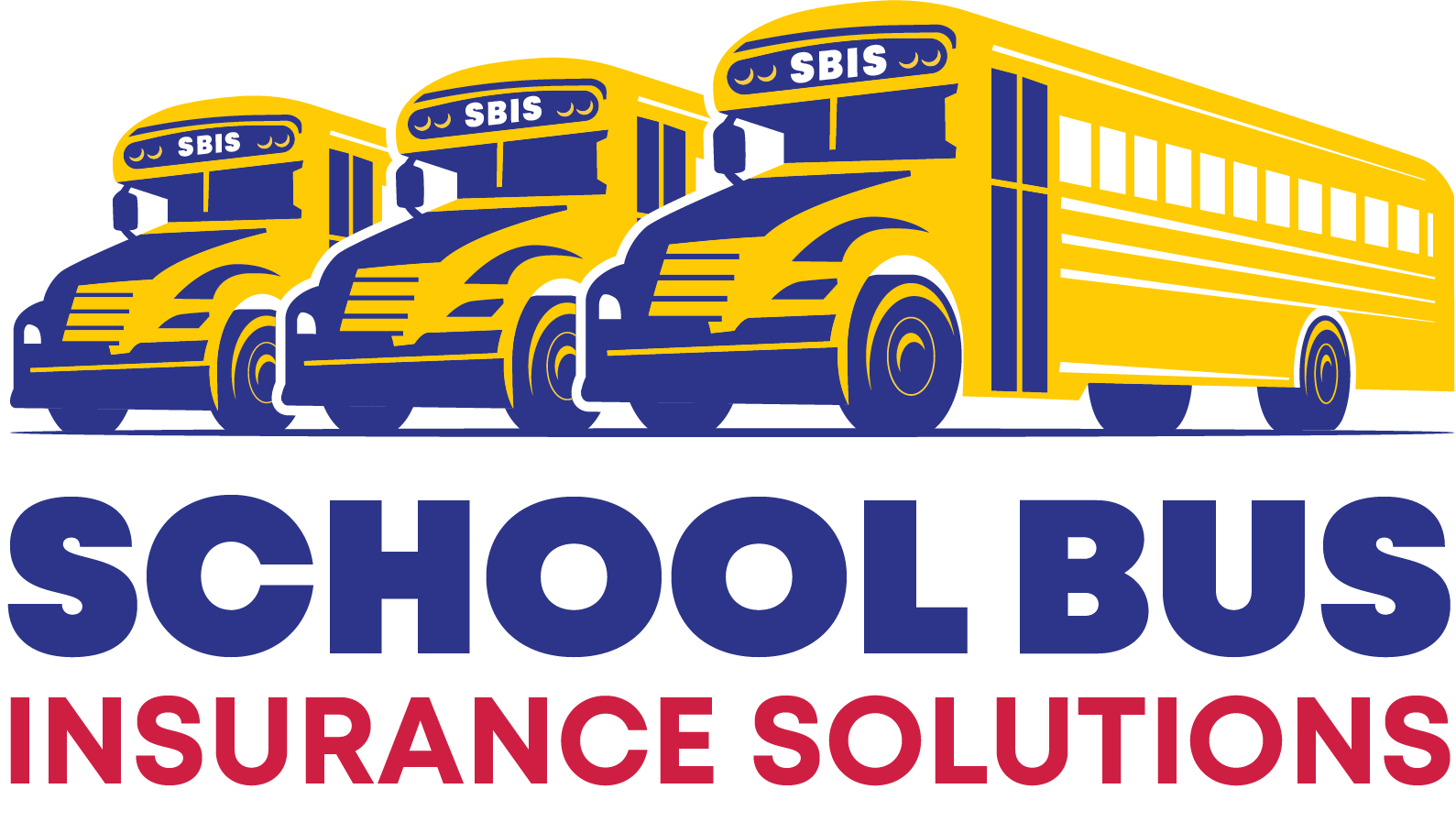How nonprofits can effectively prepare for hurricane season

By Chris Hale, Care Providers Insurance Services Program Director
Last year’s Atlantic Hurricane season was one of the most active on record, with 30 Atlantic named storms, breaking the record of 28 set in 2005. The loss adjusting and claims industry quickly stepped into action to adapt with new tools, technologies and resources for storm damage assessments and resolutions during an unprecedented global health crisis that continued throughout the season.
This year’s hurricane season will pose similar challenges. In May, the National Oceanic and Atmospheric Association (NOAA)’s Climate Prediction Center predicted another above-normal Atlantic hurricane season, which runs from June 1st to November 30th. Forecasters predict a 60% chance of an above-normal season and a 10% chance of a below-normal season.
A look back at 2020 provides insights into lessons learned that could offer guidance for responsive loss adjusting and effective claims management for the 2021 season within a, fortunately, less widespread pandemic. Now is the time for you and your nonprofit and social service clients along the coastline, as well as inland, to effectively prepare for the dangers and disruptions that hurricanes can bring.
Business continuity plan
A business continuity plan (BCP) involves a set of protocols designed to keep necessary functions running with little to no downtime during a period where normal operations are disrupted. It also provides details on how other functions will be restored as soon as possible. Having a solid BCP in place can enable critical social services — from a senior daycare center to an at-risk youth counseling program — to continue without skipping a beat when a hurricane takes over an area. Explore several free resources for developing an effective BCP from the Nonprofit Risk Management Center.
Risk assessment
A risk assessment is a process that enables organizations to analyze what vulnerabilities (risks) their properties/premises possess and, from there, how they can be mitigated. For example, if a nonprofit is based in a heavily wooded area, they may want to consider thinning out tree limbs and branches. Moreover, because power outages are a hazard, it may be worth investing in surge protectors to reduce the chances of losing stored data on computer systems.
Team and client communication
Nothing is worse for a nonprofit leader — or any leader for that matter — than a breakdown in communications. As such, staff and board contact details should be collected and shared so everyone can be informed in real time. In the event of a mandatory evacuation especially, having contact information along with important addresses is critical to ensuring the safety of staff and clients.
Fleet management
A nonprofit’s current fueling schedule and fuel preparedness procedures are adequate for “business as usual,” but relying on them when a natural disaster strikes is not a risk worth taking. Conventional fuel is typically not available during a disaster. Therefore, nonprofits risk not having fuel for their vehicles and generators. Consequently, they can be put into several unfortunate and costly situations like loss of power, productivity and grounded vehicles as well as reputational damage from not being able to effectively provide services.
When a natural disaster like a hurricane strikes, the situation has the potential to create chaos and confusion. As service-focused organizations, being prepared for disaster helps alleviate some of the disorder created by the unexpected crisis. Disaster plans should be revisited regularly to ensure complete understanding within the organization. If nonprofits follow their disaster plan — as well as note lessons learned in the event of an emergency and implement changes — it is possible for them to get back up and running quickly and begin serving the community affected by the disaster.











